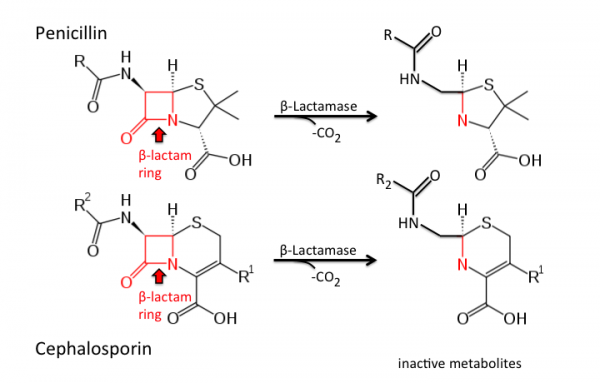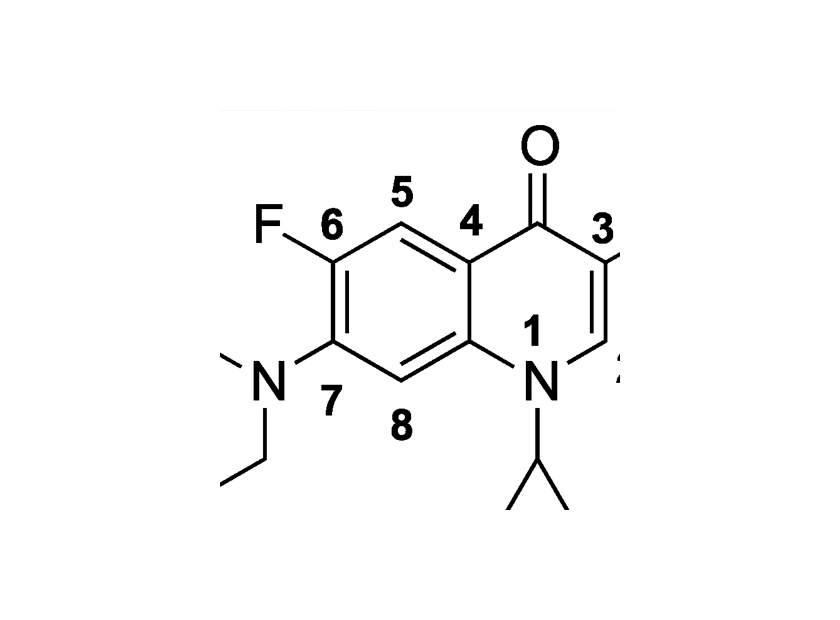Page 5 - Case & Study Reviews
-
Posted: April 27, 2018Read More
In recent years, greater appreciation for microbes inhabiting human body sites has emerged. In the female mammary gland, milk has been shown to contain bacterial species, reaching the ducts from the skin. Researchers have also discovered a diverse population of bacteria within tissue collected from sites all around the breast in women ages 18 to 90, not all of whom had a history of lactation...
-
Posted: March 16, 2018Read More
Recent research suggests that Alzheimer’s could be due to amyloid plaque forming around an infectious agent.Alzheimer’s disease is a progressive disease that affects more than three million people each year. There are limited treatment options and no cure. While it generally affects those over the age of 60, it has been diagnosed in people... -
Posted: March 09, 2018Read More
Dietary sugar and Clostridium difficile are not usually two things you hear of in one sentence, but it was recently discovered that a sugar additive, trehalose, may encourage the virulence of Clostridium difficile.
The supporting study titled “Dietary trehalose enhances virulence of epidemic Clostridium difficile” was very recently published in January 2018... -
Posted: March 02, 2018Read More
According to the American Cancer Society, “colorectal cancer is the third most common cancer diagnosed in both men and women in the United States, excluding skin cancers” and is responsible for over 50,000 deaths annually.
In a recent newspaper article published in New York Times, “Gut Microbes Combine to Cause Colon Cancer, Study Suggests” by Gina Kolata, researchers have found a... -
Posted: February 12, 2018Read More
Antibiotic development has had its challenges recently; and while the concern of drug-resistant Gram-negative has been vastly described since the past couple of decades, there is a growing light at the end of the tunnel with the recent approval of the broad spectrum antimicrobials between 2015-17. Even more encouraging is the potential regulatory filing and approval of several antimicrobial candidates...
-
Posted: January 26, 2018Read More

Fluoroquinolones have been the staple of antimicrobial therapy since the launch of the flagship representative "Ciprofloxacin" by Bayer in the early 1980s.Fluoroquinolones have a fluorine atom attached to the core quinolone molecular ring and this modification results in a class of broad-spectrum bactericidal agents that show increased stability and potency against both Gram...
-
Posted: November 24, 2017Read MoreOctober is National Breast Cancer Awareness month, and while breast cancer is the most prevalent cancer among women worldwide, more than half the women who develop this cancer have no known risk factors. The risk factors that are known are not always good predictors of developing breast cancer, including those who are genetically predisposed and those who are exposed to known environmental risk factors...
-
Posted: November 10, 2017Read More
As we progress through the 21st Century, the looming threat of antimicrobial resistance and the urgent call for action have been expressed by the medical community worldwide. Bacterial resistance mechanisms are becoming increasingly more common, especially to broad spectrum beta (β)-lactam antibiotics which include penicllins, cephalosporins, monobactams, and carbapenems.
 ...
... -
Posted: October 27, 2017Read MoreThe classic bulls-eye rash is one that most people are warned to watch out for and are told to seek medical assistance if it appears on the skin. This rash is called erythema migrans and may occur from infection with a bacterium of the genus Borrelia. These bacteria are spirochetes and have a flagellum that aids in mobility. Borrelia burgdorferi is the most common species associated...
-
Posted: October 13, 2017Read MoreAmidst the myriad of effects we've found our gut microbiome can have on our daily lives, a recent study finds that it may also affect behaviors in our offspring, even long after they've exited the womb.Two newer studies using rats published by MIT and the University of Massachusetts Medical School explored the idea that the microbial population of the mother's gut can result...
-
Posted: October 06, 2017Read More

On September 6th, 2017, the organization known as PETA or the People for the ethical treatment of animals called out to their vegan brethren to donate their stool…for SCIENCE! [1] For those who are unaware, Fecal Microbiota Transplants or FMT’s are a relatively new but promising treatment for individuals who have had their guts ravaged by the pathogenic...
-
Posted: September 22, 2017Read More
 A vaginal epithelial cell infected with multiple Gram negative and positive bacterial species including G. vaginalis, indicative of Bacterial Vaginosis (BV).
A vaginal epithelial cell infected with multiple Gram negative and positive bacterial species including G. vaginalis, indicative of Bacterial Vaginosis (BV).Urinary tract infections are a result of bacteria entering the urinary tract through the urethra. When these bacteria arrive at the bladder, they begin to multiply, leading to an infection. In most cases, the urinary system can usually...
-
Posted: August 11, 2017Read MoreConcerns about antimicrobial resistance have been growing for many years. At one point it seemed as though we were out of options -organisms were becoming resistant to all antibiotics on the market and no new drugs were being produced. A healthy return on investment for an antibiotic was lacking. The cost to develop a new drug is currently over $1 billion. Bacteria would become resistant and make the...
-
Posted: May 08, 2017Read More
If one antibiotic resistant bacteria that makes the news often, it is MRSA. Whether it be the recent
infection of newborns at a major clinic or the infection of a national football team due to improper cleaning of gym equipment, MRSA accrues a lot of airtime. MRSA stands for methicillin-resistant Staphylococcus aureus. Staphylococcus aureus is most commonly...
-
Posted: October 25, 2016Read More
The average soccer ball is about 1.6 million times bigger than a grain of sand. A grain of sand is about a million times
bigger than a single bacterial cell, and a single bacterial cell can be 40 to 100 times bigger than a norovirus...
bacterial cell, and a single bacterial cell can be 40 to 100 times bigger than a norovirus...





















